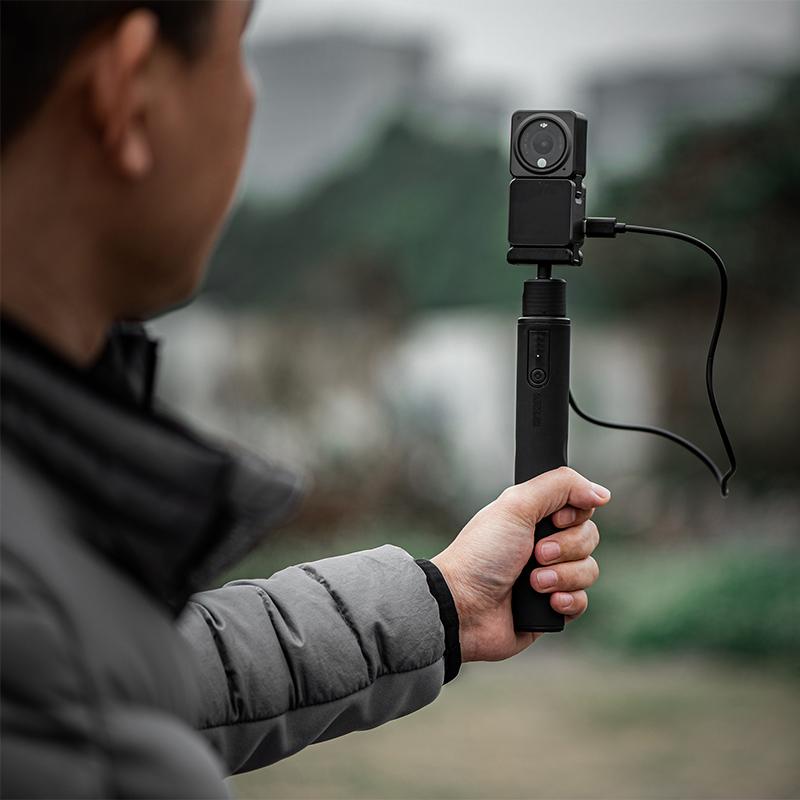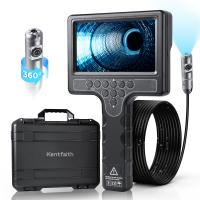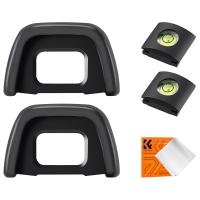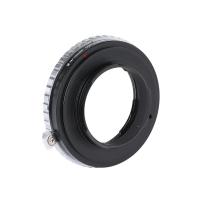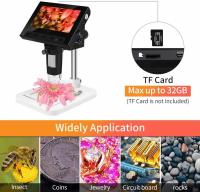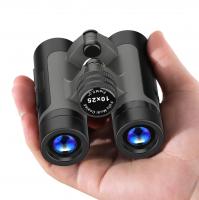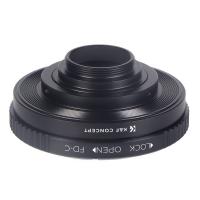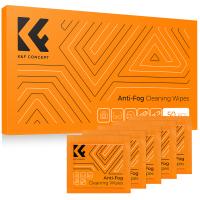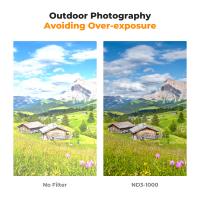How Does A Compact Digital Camera Work ?
A compact digital camera works by using a small image sensor to capture light and convert it into digital information. When you press the shutter button, the camera's lens focuses the light onto the sensor, which then records the image as a series of pixels. The camera's processor then processes this information and saves it onto a memory card.
Most compact digital cameras use a CCD (charge-coupled device) or CMOS (complementary metal-oxide-semiconductor) sensor to capture images. CCD sensors are more expensive but generally produce higher-quality images, while CMOS sensors are cheaper and more power-efficient.
Compact digital cameras also typically have a built-in flash, which provides additional light when shooting in low-light conditions. They may also have a zoom lens, which allows you to get closer to your subject without physically moving closer.
Overall, compact digital cameras are designed to be easy to use and portable, making them a popular choice for casual photographers who want to capture high-quality images without the bulk and complexity of a larger camera.
1、 Image sensor
How does a compact digital camera work? The answer lies in its image sensor. The image sensor is the heart of a digital camera, and it is responsible for capturing the light that enters the camera and converting it into a digital image. The image sensor is made up of millions of tiny light-sensitive cells called pixels. Each pixel captures a small amount of light and converts it into an electrical signal.
The latest point of view on image sensors is that they have become more advanced and sophisticated over the years. The most common type of image sensor used in compact digital cameras is the CMOS sensor. CMOS sensors are known for their low power consumption, high speed, and excellent image quality. They are also relatively inexpensive to manufacture, which makes them a popular choice for compact digital cameras.
When you press the shutter button on a compact digital camera, the image sensor is exposed to light for a brief moment. The pixels on the sensor capture the light and convert it into an electrical signal. The camera's processor then takes this signal and converts it into a digital image. The image is then stored on a memory card or internal storage.
In addition to the image sensor, compact digital cameras also have a lens, which focuses the light onto the sensor, and a processor, which processes the digital image. Some cameras also have additional features such as image stabilization, autofocus, and manual controls.
In conclusion, a compact digital camera works by using an image sensor to capture light and convert it into a digital image. The latest point of view on image sensors is that they have become more advanced and sophisticated over the years, resulting in better image quality and lower power consumption.
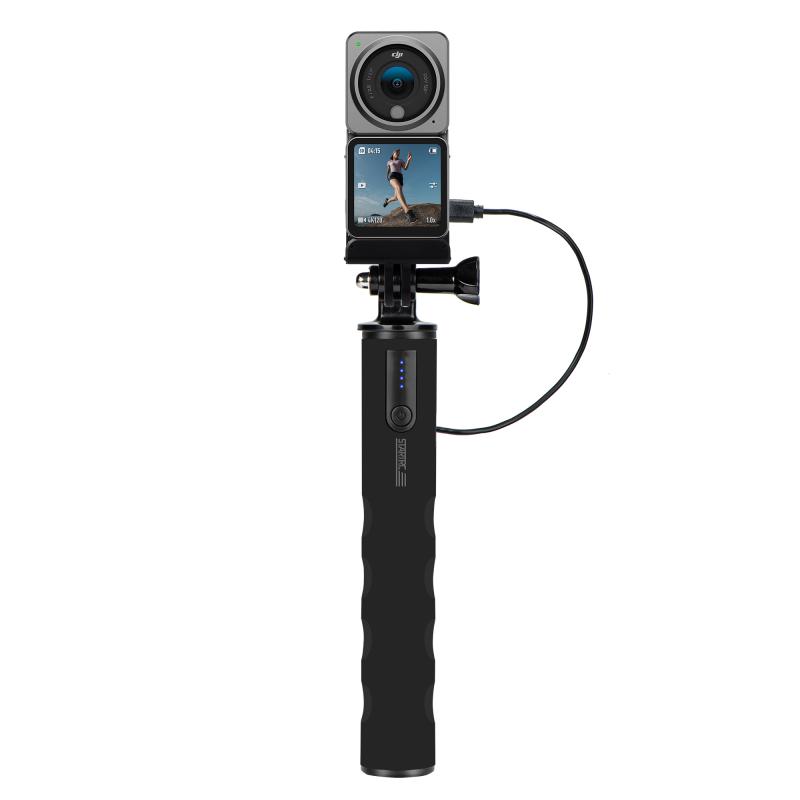
2、 Lens system
A compact digital camera works by capturing light through a lens system and converting it into a digital image. The lens system consists of multiple lenses that work together to focus the light onto a sensor. The sensor is made up of millions of tiny pixels that detect the light and convert it into an electrical signal. This signal is then processed by the camera's image processor, which applies various adjustments to the image, such as color balance, contrast, and sharpness.
The latest point of view on compact digital cameras is that they have become increasingly advanced in recent years, with many models offering high-resolution sensors, fast autofocus systems, and advanced image stabilization technology. Some cameras also feature built-in Wi-Fi and Bluetooth connectivity, allowing users to easily share their photos and videos with others.
One of the key advantages of compact digital cameras is their portability and ease of use. They are small enough to fit in a pocket or purse, making them ideal for travel and everyday use. They also offer a range of shooting modes and settings, allowing users to capture a variety of different types of images, from landscapes and portraits to action shots and low-light scenes.
Overall, the lens system is the heart of a compact digital camera, and the quality of the lens and sensor are key factors in determining the overall image quality. With advances in technology, compact digital cameras continue to offer users a convenient and versatile way to capture high-quality photos and videos.
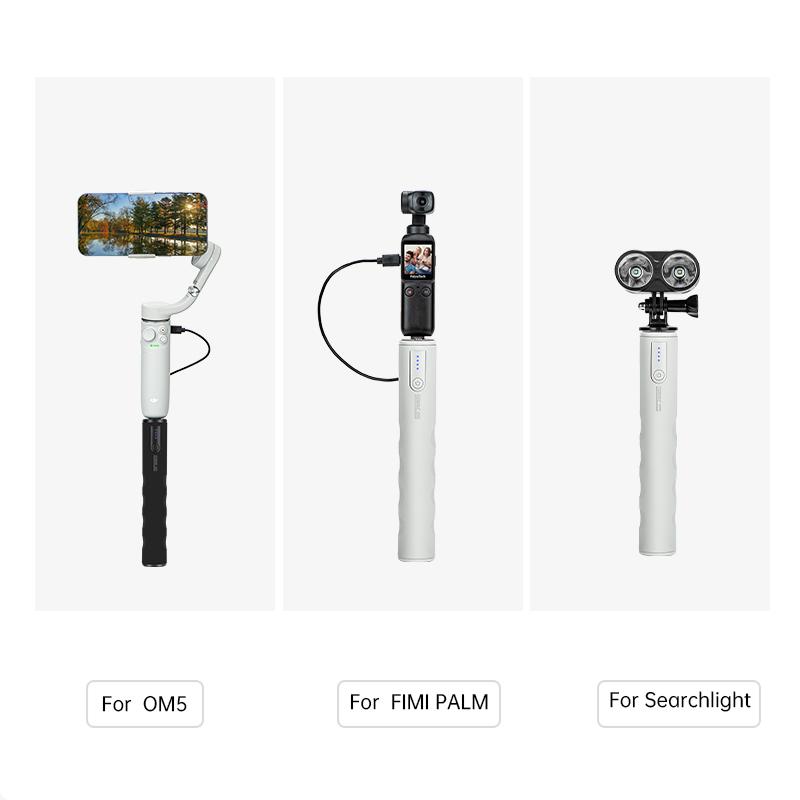
3、 Digital signal processor
A compact digital camera works by capturing light through a lens and converting it into digital data that can be stored on a memory card. The lens focuses the light onto a sensor, which is made up of millions of tiny light-sensitive pixels. Each pixel records the amount of light that hits it and converts it into an electrical signal.
The electrical signals from the pixels are then processed by a digital signal processor (DSP). The DSP is responsible for converting the analog signals from the sensor into digital data that can be stored on a memory card. It also performs various image processing tasks, such as noise reduction, color correction, and image sharpening.
The latest point of view on compact digital cameras is that they are becoming increasingly sophisticated and capable of producing high-quality images. Many compact cameras now feature advanced autofocus systems, high-speed image processors, and high-resolution sensors. Some models even offer features such as 4K video recording and built-in Wi-Fi connectivity.
Despite the rise of smartphones with increasingly capable cameras, compact digital cameras remain popular among photographers who value their portability, versatility, and image quality. With advances in technology, it is likely that compact digital cameras will continue to evolve and improve in the years to come.
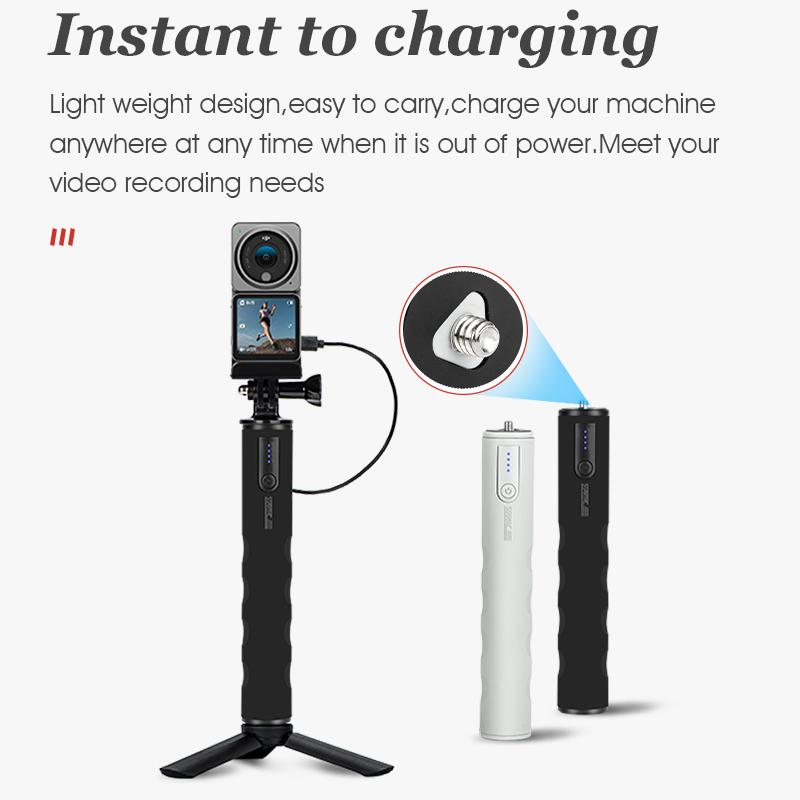
4、 LCD screen
How does a compact digital camera work? A compact digital camera works by capturing light through a lens and converting it into digital signals that can be stored on a memory card. The lens focuses the light onto a sensor, which is made up of millions of tiny light-sensitive pixels. These pixels convert the light into electrical signals, which are then processed by the camera's image processor to create a digital image.
One of the key components of a compact digital camera is the LCD screen. This screen allows the user to preview the image before taking the shot, and also provides a way to review the images that have already been taken. The LCD screen is made up of thousands of tiny pixels that display the image in real-time. The latest point of view is that many compact digital cameras now feature touchscreens, which allow for more intuitive control and navigation.
Another important aspect of a compact digital camera is the image processor. This processor is responsible for processing the digital signals from the sensor and creating a final image that can be stored on the memory card. The latest point of view is that many cameras now feature advanced image processing algorithms that can enhance the image quality and reduce noise in low-light conditions.
In conclusion, a compact digital camera works by capturing light through a lens and converting it into digital signals that can be stored on a memory card. The LCD screen allows for previewing and reviewing images, while the image processor is responsible for creating the final image. With the latest advancements in technology, compact digital cameras are becoming more powerful and feature-rich, making them a popular choice for both amateur and professional photographers.
